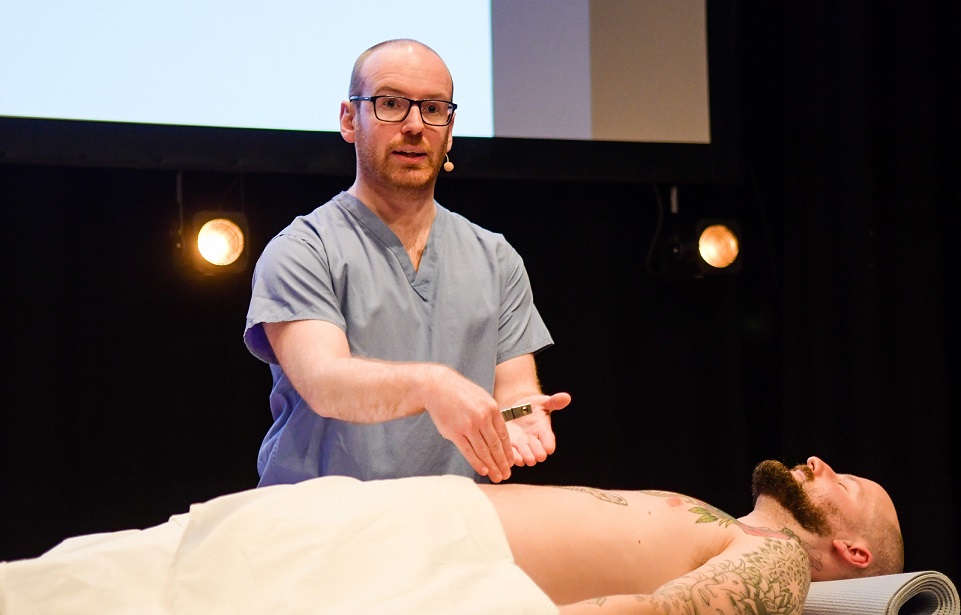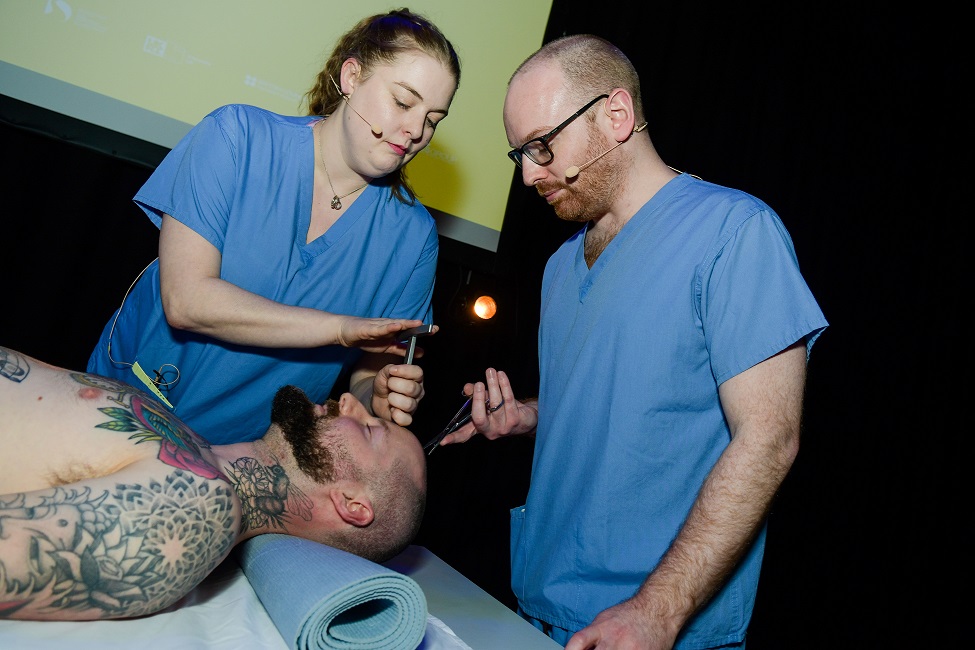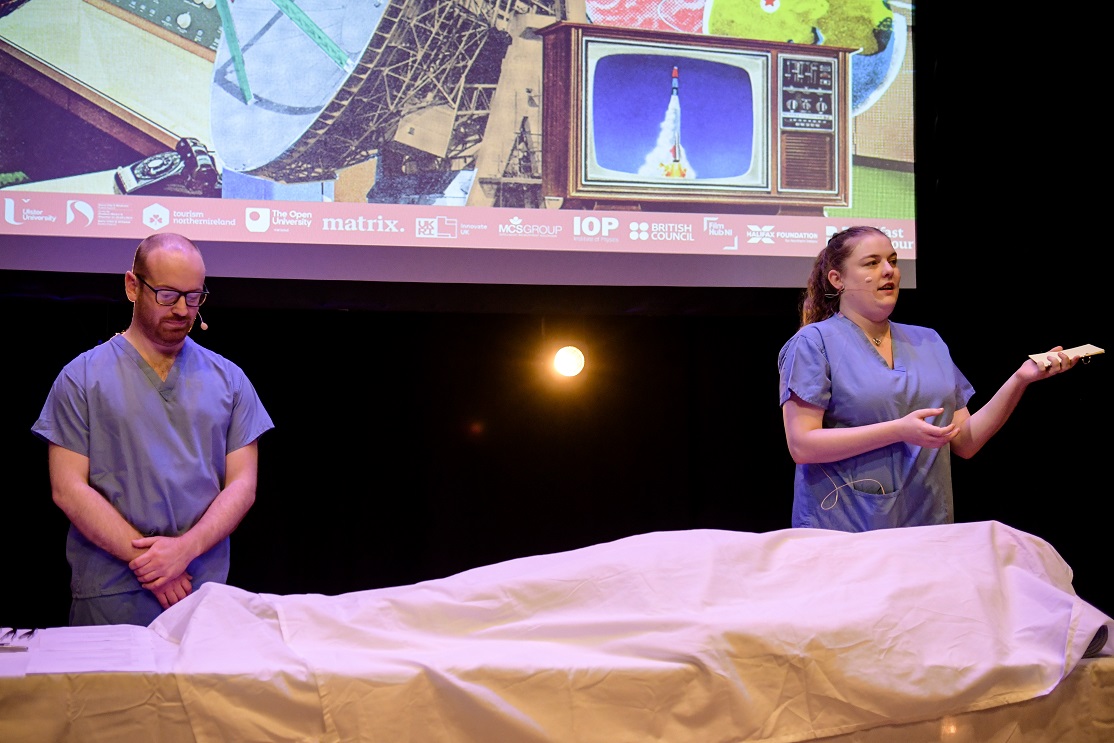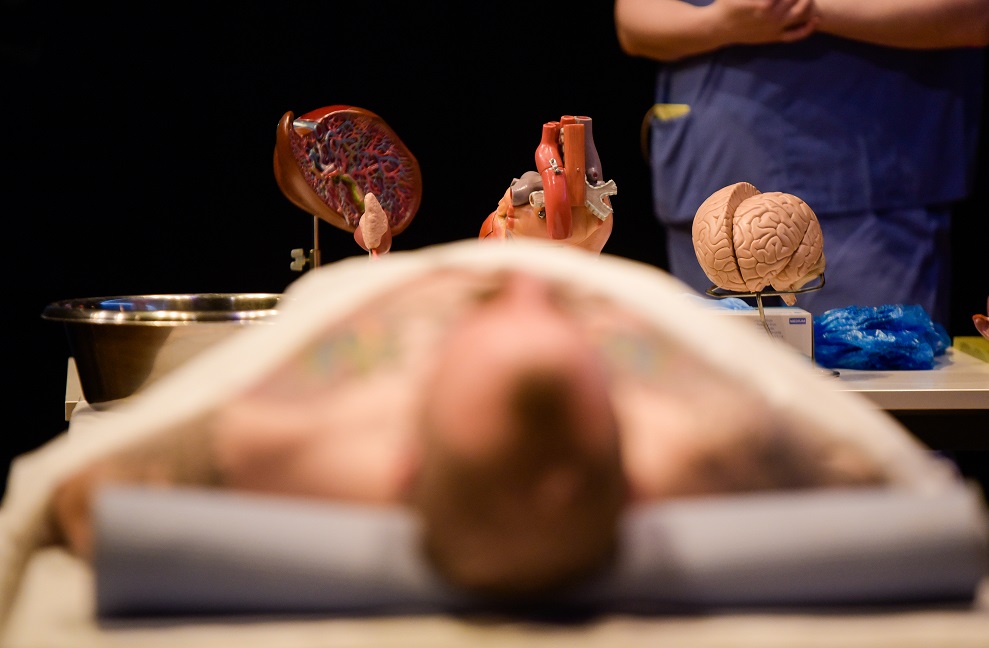‘Autopsy’, derived from the Greek and meaning quite literally “to see for oneself”, has been practiced in some form or another for over two thousand years. Originally used in the early blossoming days of scientific and medical enquiry in an attempt to better understand how the human body functions and is afflicted by disease, today this ancient art remains at the core of modern medicine, where it is primarily used to ascertain the cause of death in patients where this isn’t immediately obvious.

I think I can speak for everyone when I say there is a general curiosity of all things medical amongst the general public; you need only look at the countless medical dramas and documentaries on TV to see evidence of this! Should autopsy be any different? Whether via an interest in human anatomy or in the practice of this aspect of medicine, or even out of simple macabre curiosity, we were sure that plenty of people would be interested to know what happens at a post mortem examination. And that’s why my colleague, Dr Louisa Miller, and I, both specialist registrars in histopathology, decided we’d try and show them at two special events in February 2023, organised by the RCPath in partnership with the Northern Ireland Science Festival.
We really wanted to make it clear that in any autopsy, this person is our patient and we, as doctors, treat them with the same respect and dignity that we would afford the living.
But how can you conduct a dissection of a body – a relative and loved one to someone out there – on a stage in front of an audience? The simple answer is: you can’t. So we opted for the next best thing: an actor. And very happily two fantastic guys, Chris Boyle and Ben McGinn) volunteered. With the two actors as our ‘patients’, we hoped we’d be able to demonstrate how we would go about conducting an autopsy, using the real tools and instruments we’d brought from our own mortuary.

We wanted to make this as close to real as possible: our patients were draped in white sheets as the audience filed in; our dissection tools – knives, scissors, forceps, rib shears – were all laid out neatly on the adjacent dissection bench; we wore scrubs, dissection gowns and aprons. Plenty have seen dramatized versions of autopsies in movies and TV shows, which have little in common with how it is really done – we wanted to give our audience an authentic experience.
There are many cultural, societal and personal objections and issues arising with post mortem examinations, and these have to be respected. Before we even began our post mortem, issues around consent, respect and dignity had to be discussed. We really wanted to make it clear that in any autopsy, this person is our patient and we, as doctors, treat them with the same respect and dignity that we would afford the living.

We began our autopsy (to total silence as the white sheet was pulled back!) with the external examination – where the entire surface is inspected for signs of medical disease such as jaundice or unusual swellings, along with identifying features, scars and the like. Taking our scalpel then (blade removed!), we made our first ‘incision’ on our patient. I remain infinitely impressed by how still our actors managed to stay throughout the whole talk! Taking our audience through the process then, step by step, by which we inspect the internal aspect of the body, remove the organs, and then dissect them out in sequence, we were able to complete our virtual, ‘living’ autopsy with them.
As each organ was dissected (using our handy anatomical models as a guide!) the major diseases and abnormalities that can cause death in each were highlighted. How all of this, along with other ancillary tests, all come together to create an overall cause of death and a report on our findings, was how we finished our autopsy.

And so that was how we guided our audience through a post mortem. It’s of course not the real thing, but we think this is probably as close as most members of the public would ever get to see the performance of this examination. Plenty did seem curious and interested, if the follow up questions and inspection of the autopsy tools following the talks were anything to go by!
It would be remiss of me not to mention that the idea of a ‘Living Autopsy’ was not our brainchild. Dr Suzy Lishman CBE, former President of the Royal College of Pathologists and consultant histopathologist, pioneered this event and its format. There are now many similar living autopsy events happening all over the UK and beyond! Credit is also due to the NI Science Festival, a celebration of all things scientific, technological and innovative, of which this event was a part. Similarly, the assistance of the Royal College of Pathologists was invaluable.
We hope that our audience gained a deeper understanding and appreciation of the practice of autopsy, and that with this event they too were able to see, for themselves.
Dr Ryan Huddleston, Histopathology Registrar, Belfast Health and Social Care Trust.
If you’re a histopathology trainee or consultant, and are interested in delivering a Living Autopsy event, please contact the College’s Public Engagement Team.

